Tips for Matching Furniture Across Different Rooms: Create a Cohesive Home Style
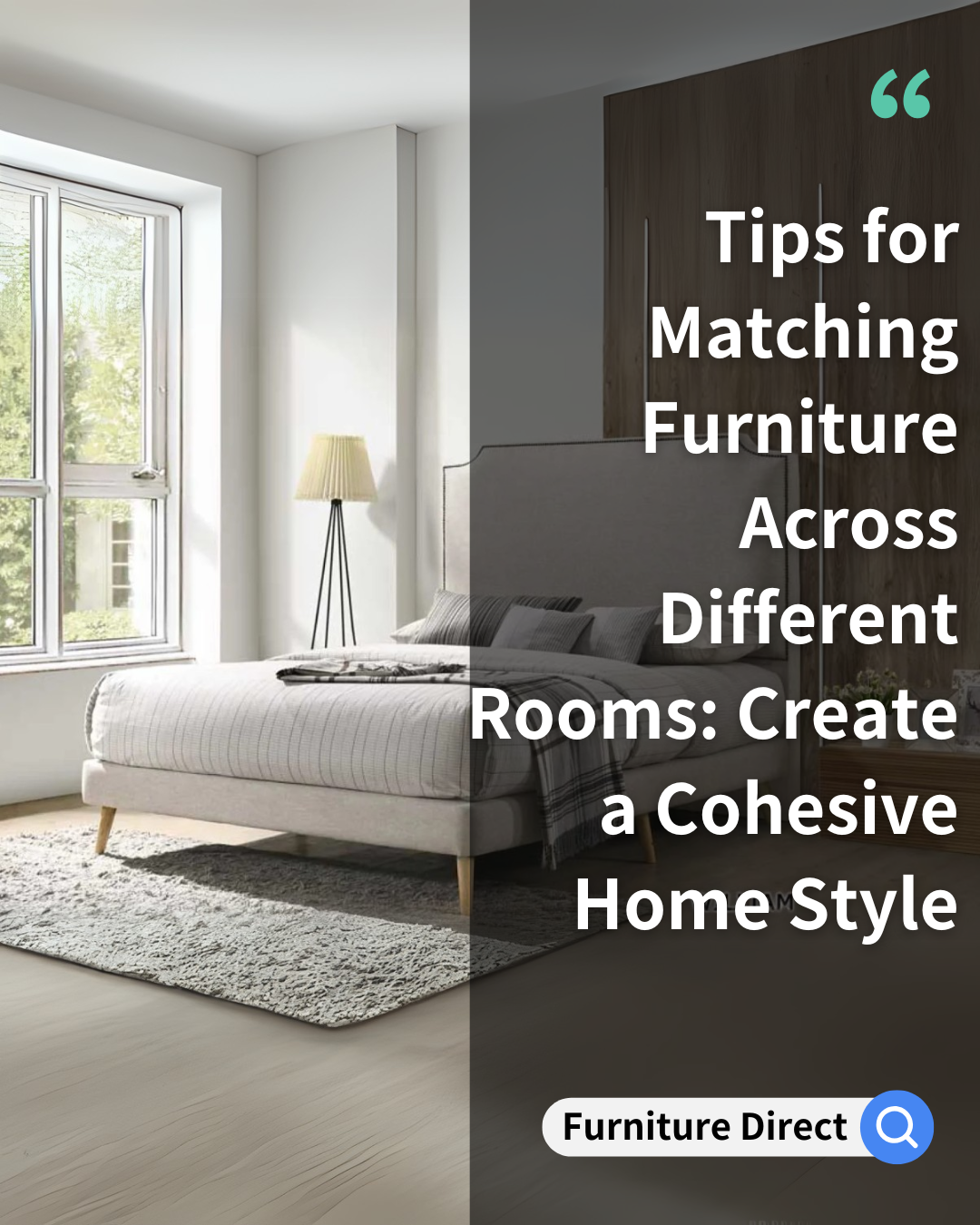
When decorating your home, it’s easy to focus on one room at a time. But if you want a cohesive, well-designed space, it’s important to think about how your furniture works together across multiple rooms. In this guide, we’ll share simple yet effective tips to help you match furniture throughout your home—whether you’re starting fresh or updating existing spaces.
1. Stick to a Consistent Color Palette
One of the easiest ways to create harmony across different rooms is to use a consistent color palette. This doesn’t mean every room needs to be identical, but having shared tones—such as earth tones, neutrals, or accent colors—can tie your spaces together.
Tip: Use one or two main colors and repeat them in different forms (e.g., a beige sofa in the living room and beige dining chairs in the dining area).
2. Choose Complementary Styles
Mixing furniture styles is possible, but aim for pieces that complement each other. For example, if you love modern minimalism, choose clean-lined furniture throughout. If you’re into farmhouse charm, use wood finishes and soft textures consistently.
Tip: Avoid placing ultra-modern pieces next to antique ones unless you’re intentionally going for an eclectic look—and even then, balance is key.
3. Use Matching Materials and Finishes
Material consistency, such as matching wood tones, metals, or fabrics, can help connect different rooms visually. For example, oak wood dining chairs can coordinate beautifully with an oak coffee table in the living room.
Tip: When mixing materials, make sure there’s a pattern—for instance, using black metal in lighting fixtures and table legs across rooms.
4. Repeat Key Design Elements
Small details can make a big impact. Repeating design elements like geometric patterns, tufted cushions, or brass handles across furniture pieces will subtly unify your home.
Tip: Incorporate similar decor themes like coastal, Scandinavian, or industrial across rooms through furniture shapes and accessories.
5. Create Flow with Transitional Furniture
Some furniture pieces work well in multiple rooms. A bench with storage, for example, can be used in the entryway, bedroom, or hallway. Transitional pieces like this help maintain a consistent look while serving functional needs.
Tip: When buying furniture, think about how versatile it is and whether it complements the other pieces in your home.
6. Let Lighting Unify Your Space
Lighting is often overlooked when coordinating furniture across rooms. Using similar lighting styles—such as pendant lights, floor lamps, or sconces with matching finishes—can pull your home design together.
Tip: Choose lighting fixtures that echo the same metal tone or shape across rooms for visual continuity.
7. Don’t Forget the Flooring
Whether you use area rugs or exposed flooring, consistency in the tone and style of your floors can anchor your furniture and help the overall space feel connected.
Tip: Use similar rugs in terms of texture or color family in different rooms to reinforce harmony.
Final Thoughts
Matching furniture across rooms doesn’t mean everything has to be the same—but a few smart choices can make your home feel more connected and thoughtfully designed. Stick with a consistent palette, repeat materials and styles, and think about the bigger picture as you decorate.
Want furniture that blends style and comfort seamlessly across your home? Explore our curated collections at FurnitureDirect.com.my for pieces designed to work beautifully in every room.

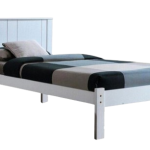
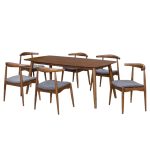
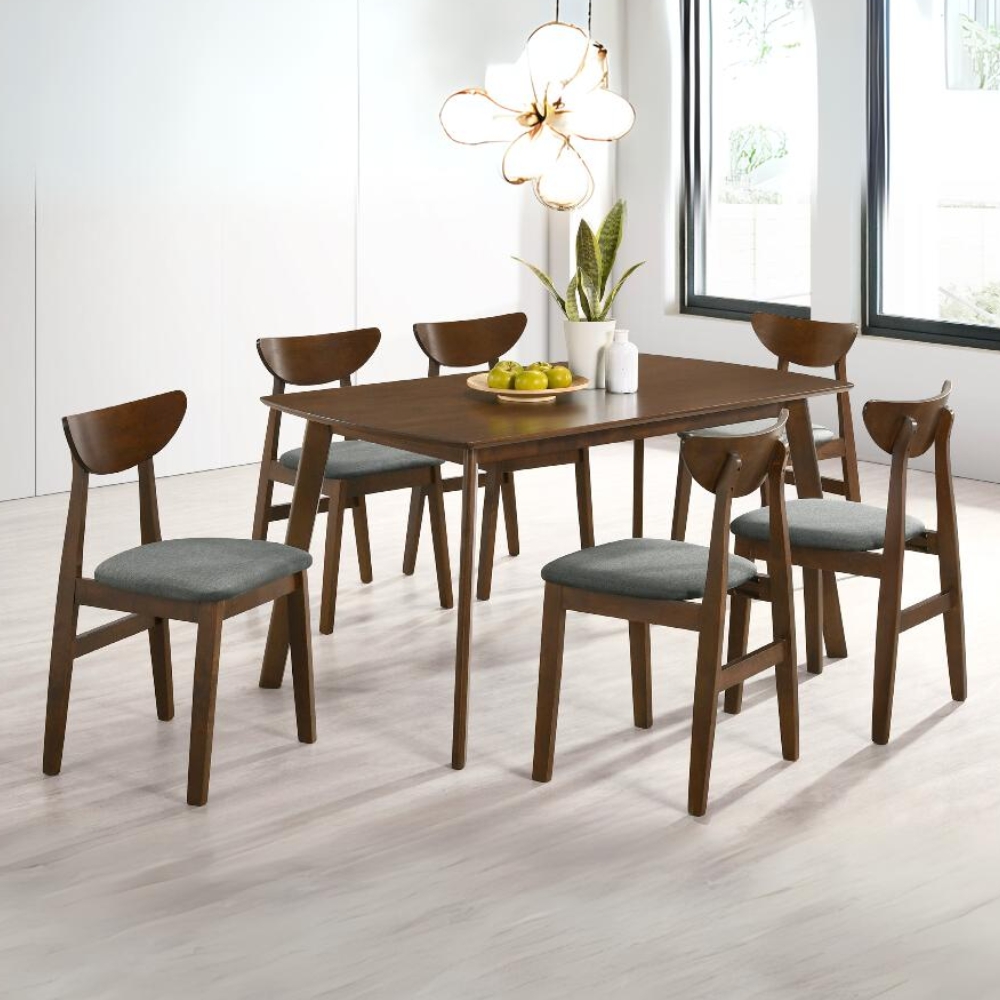

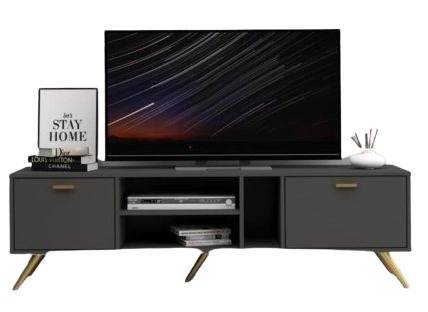
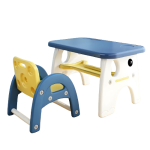
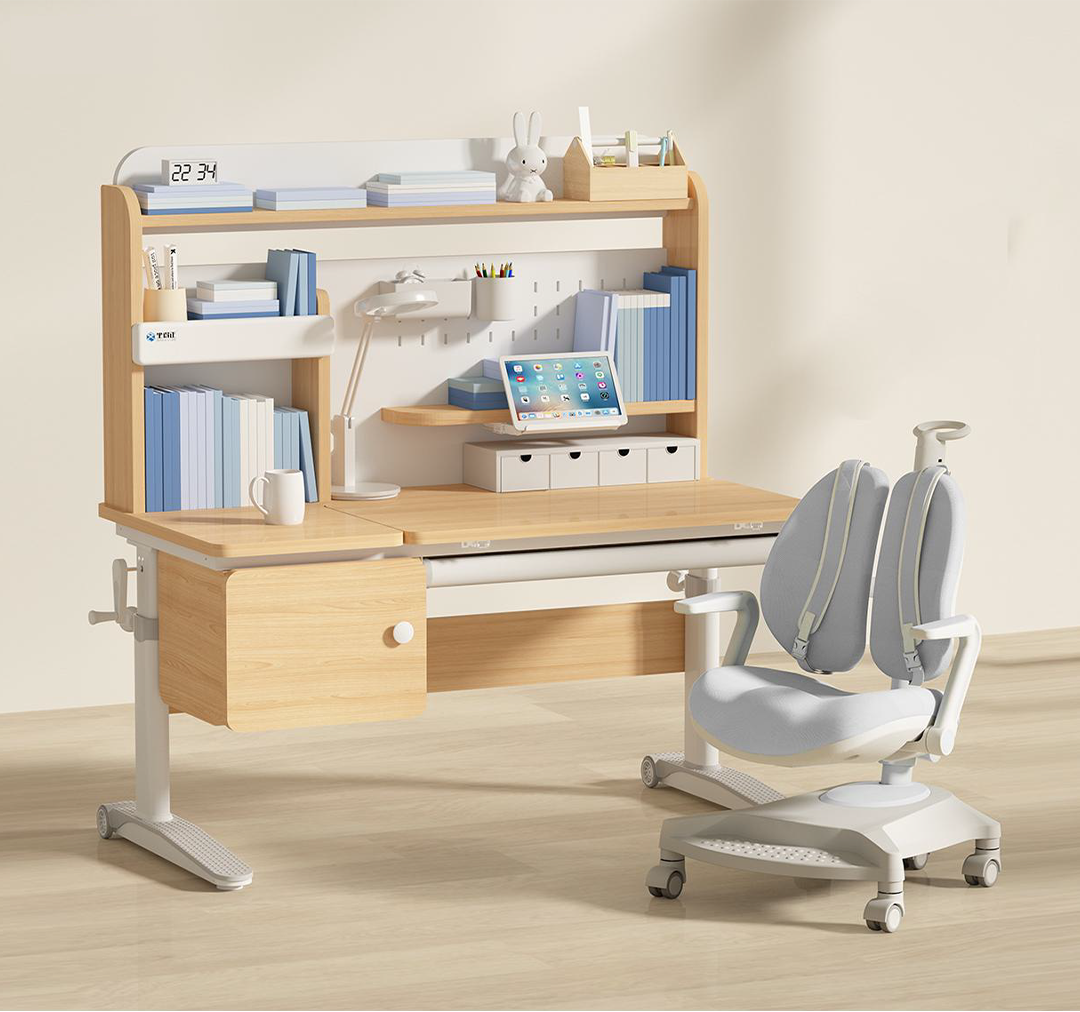
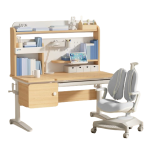
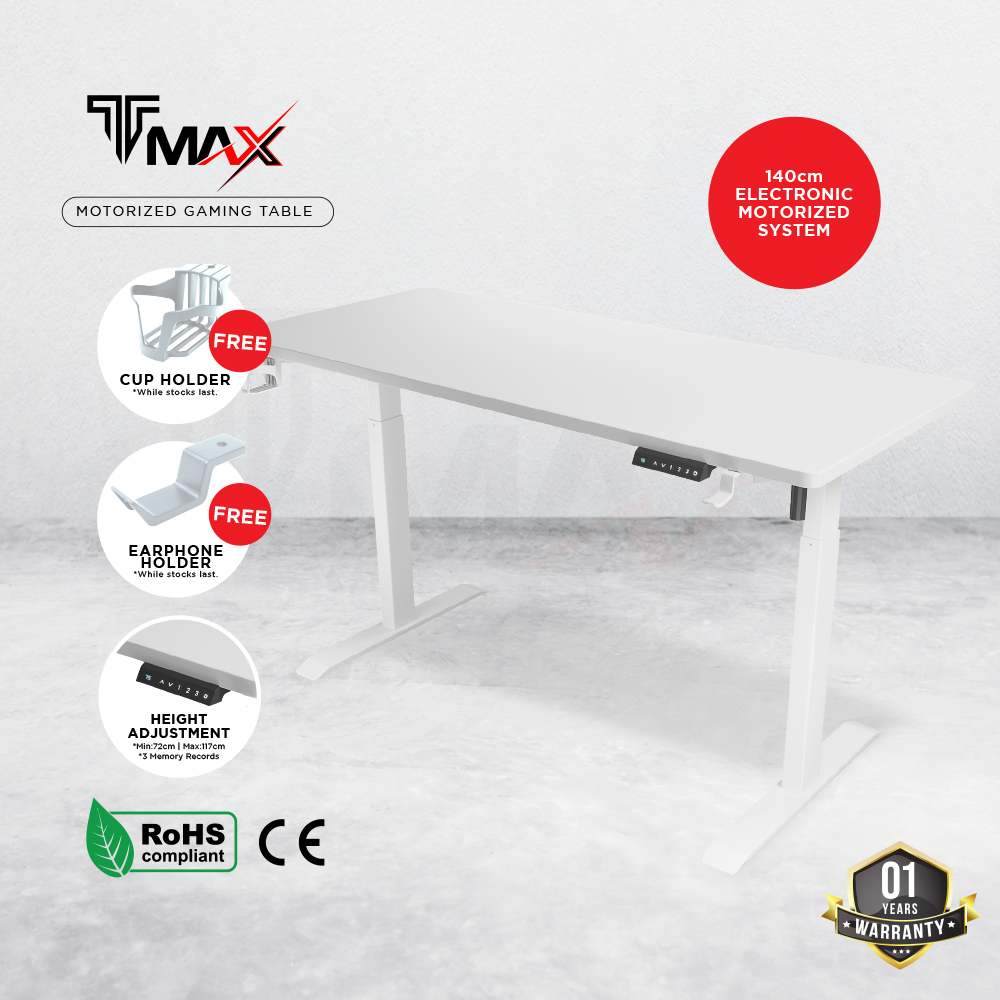
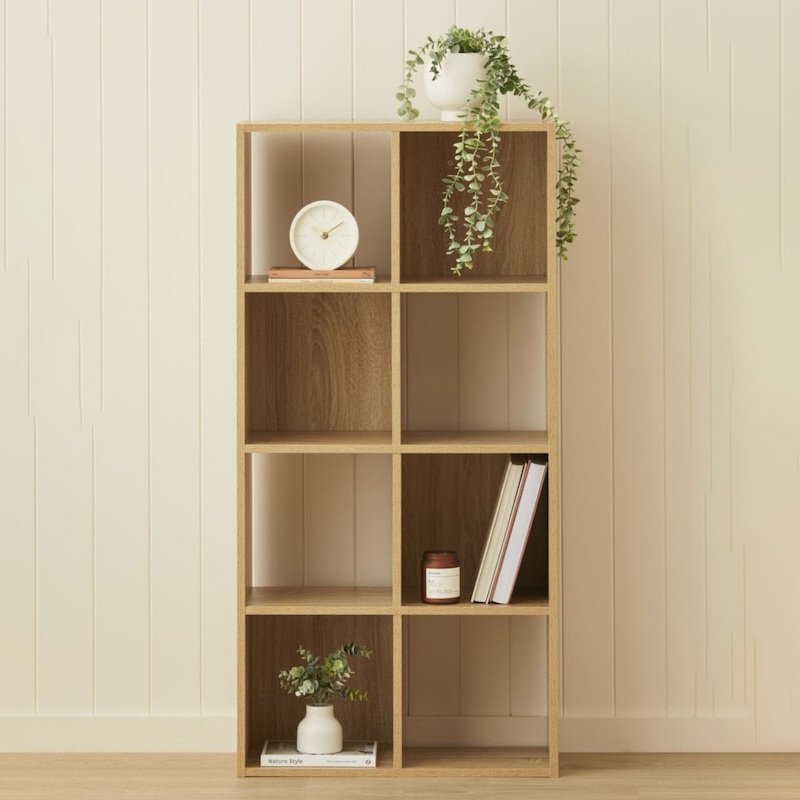
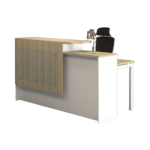

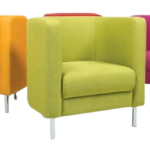
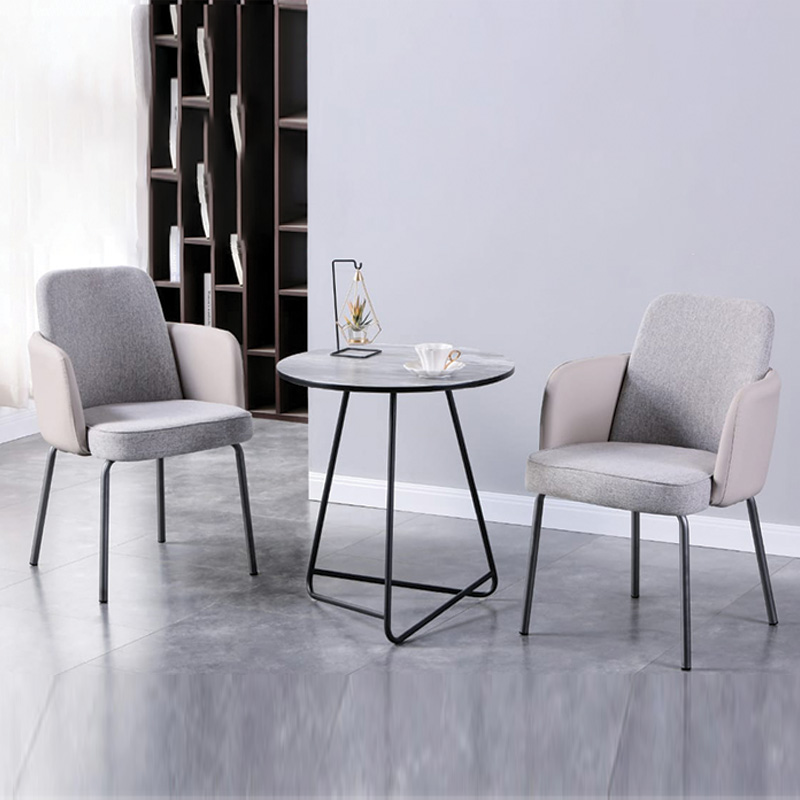
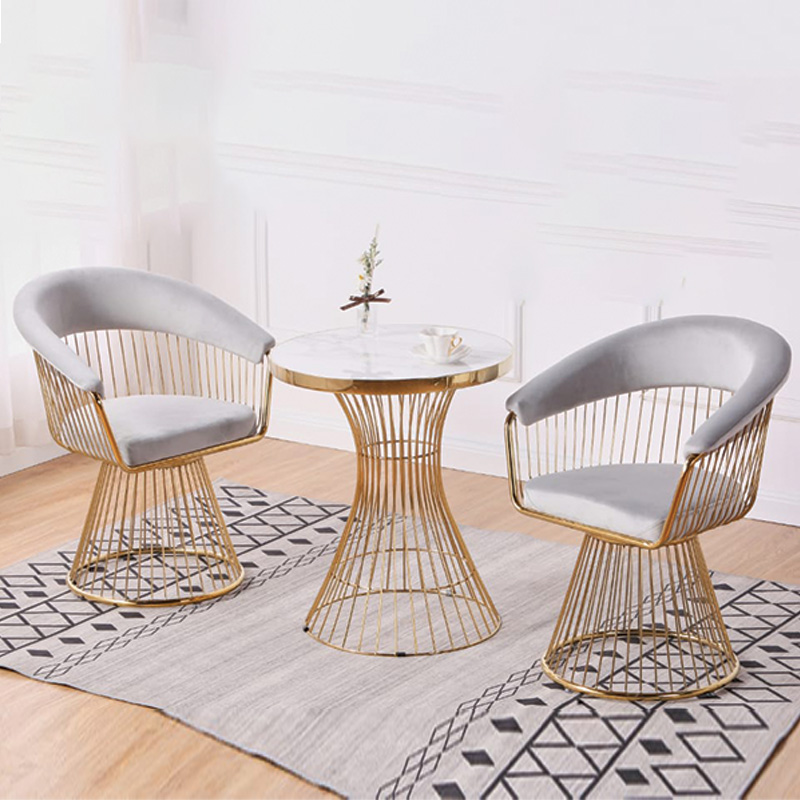
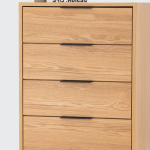
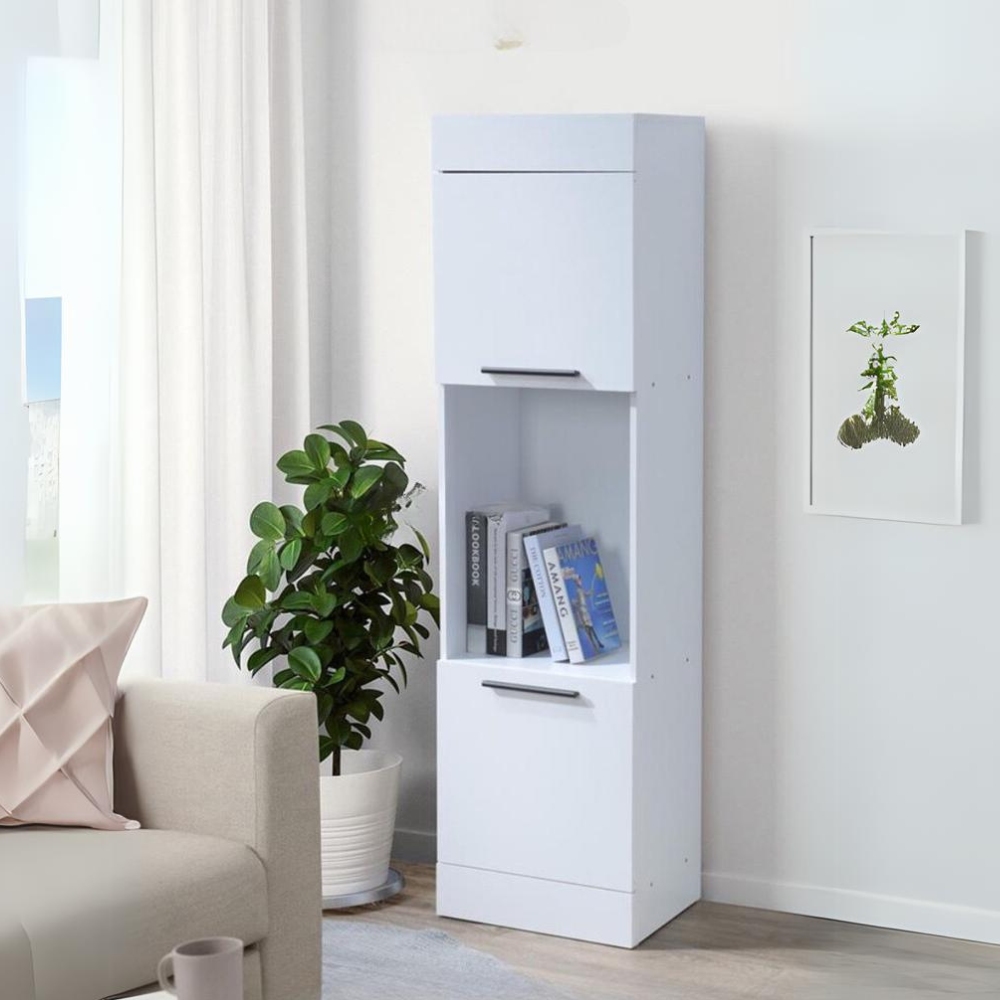
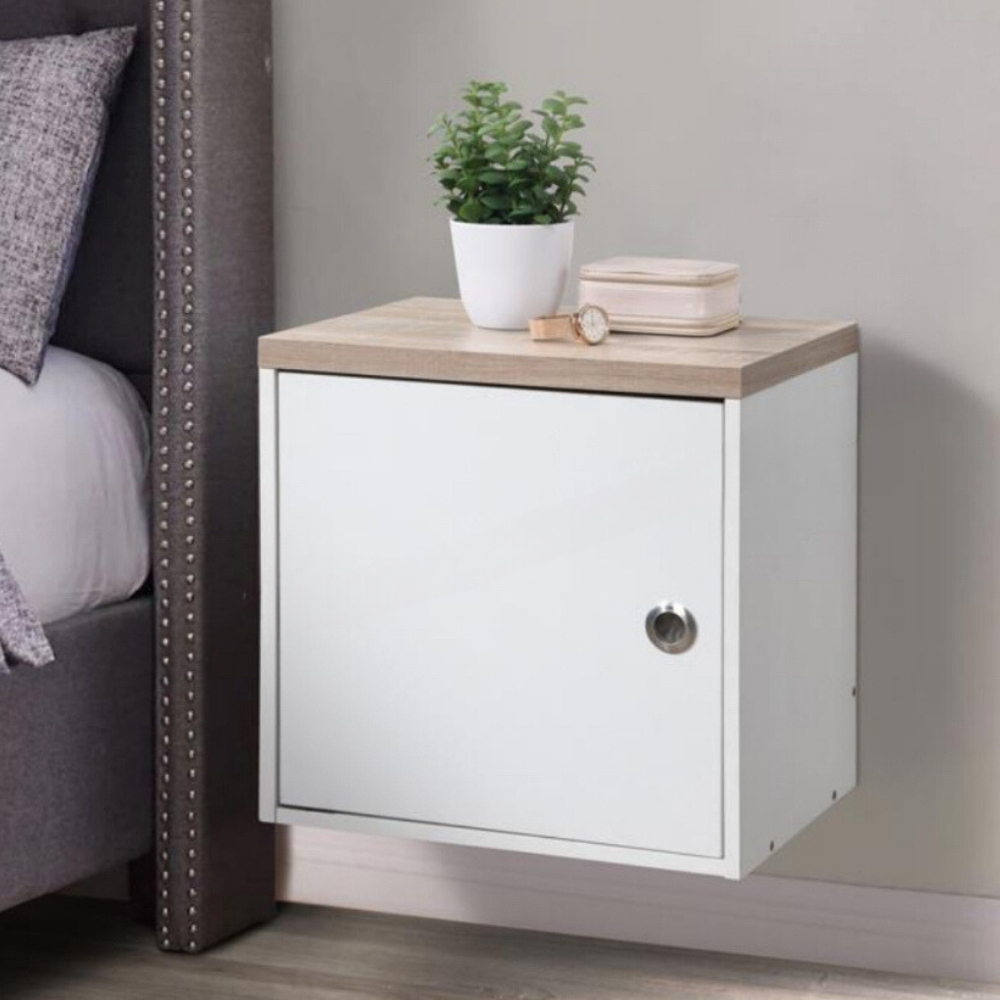


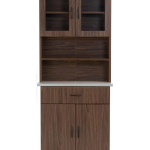
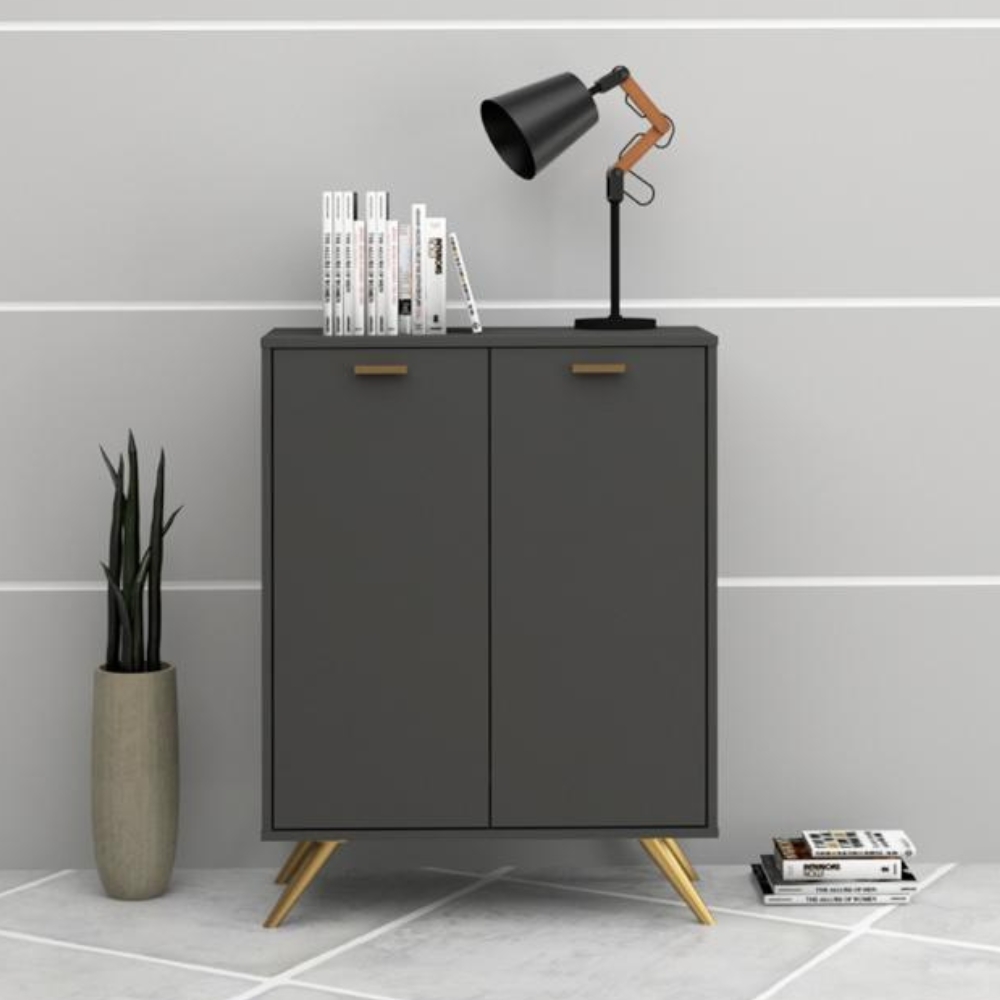




















 Office Storage
Office Storage Steel Cabinet
Steel Cabinet
